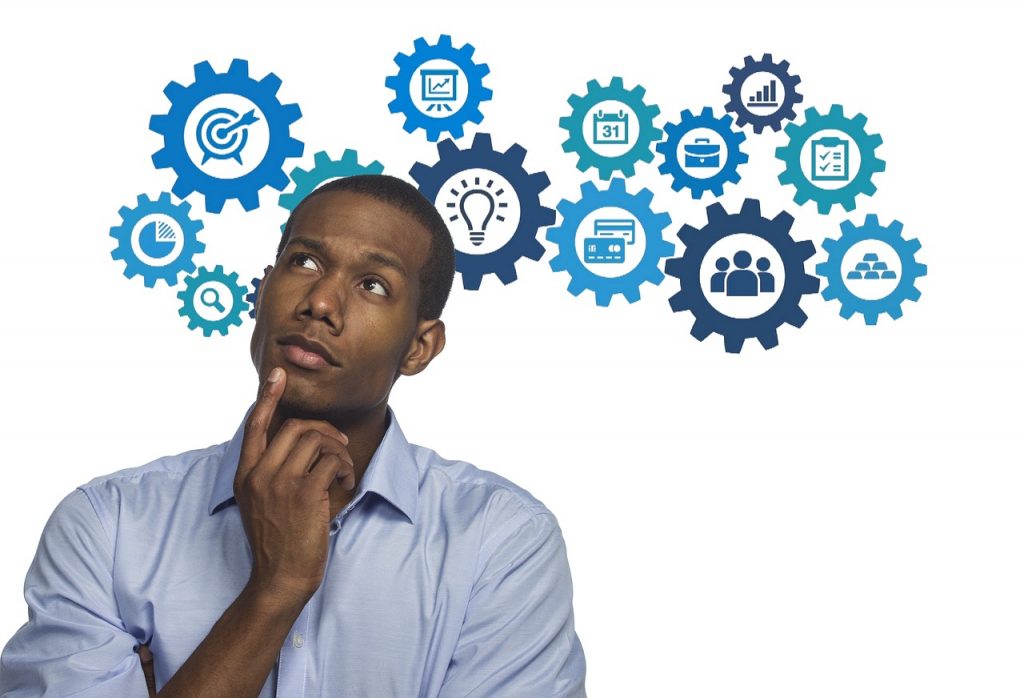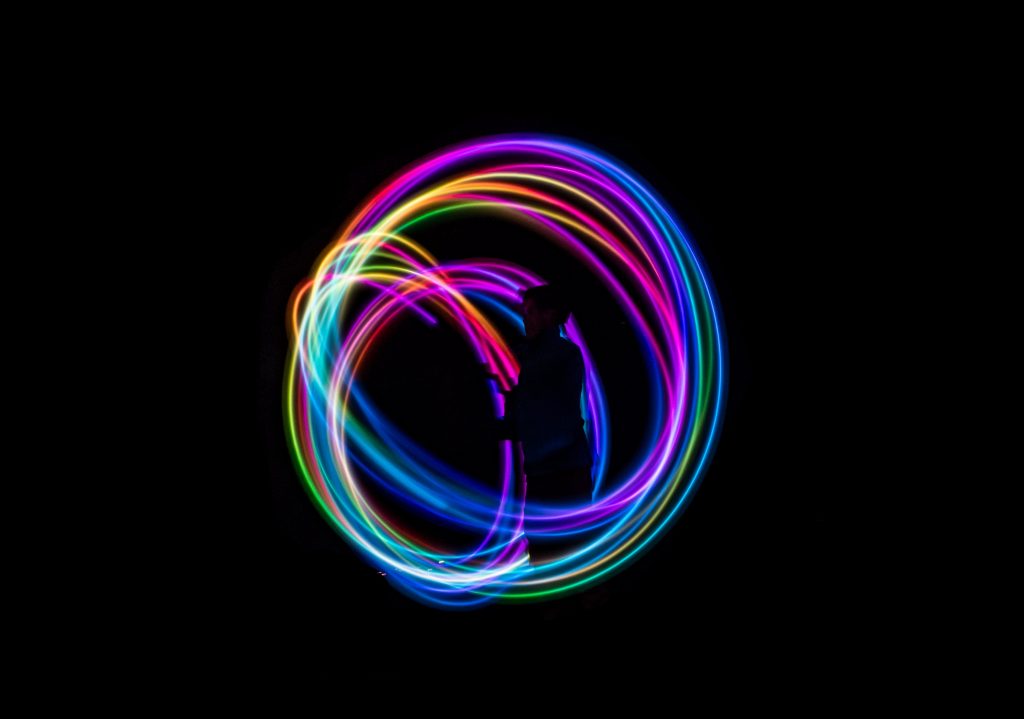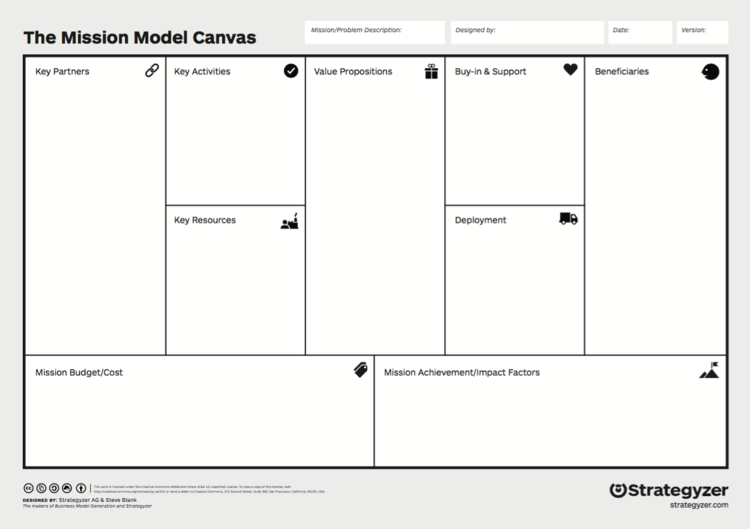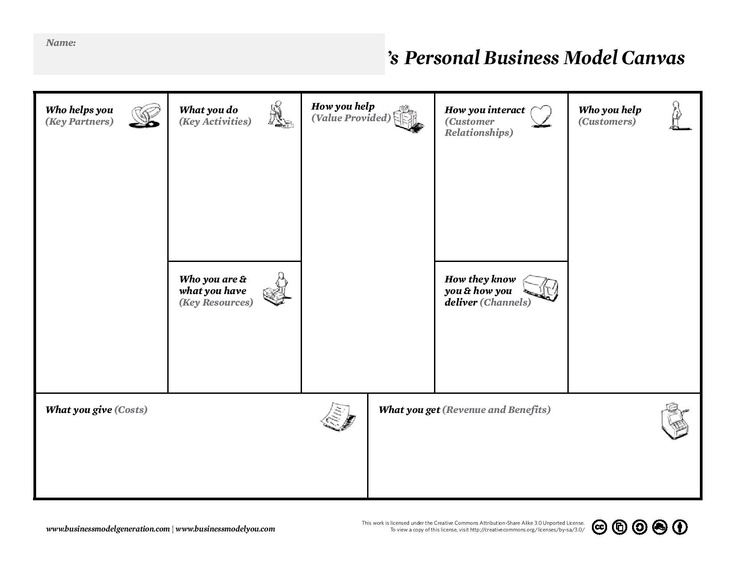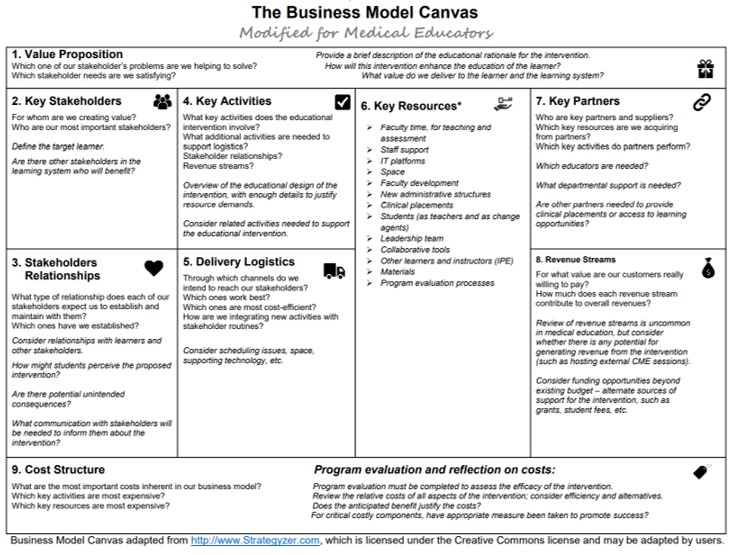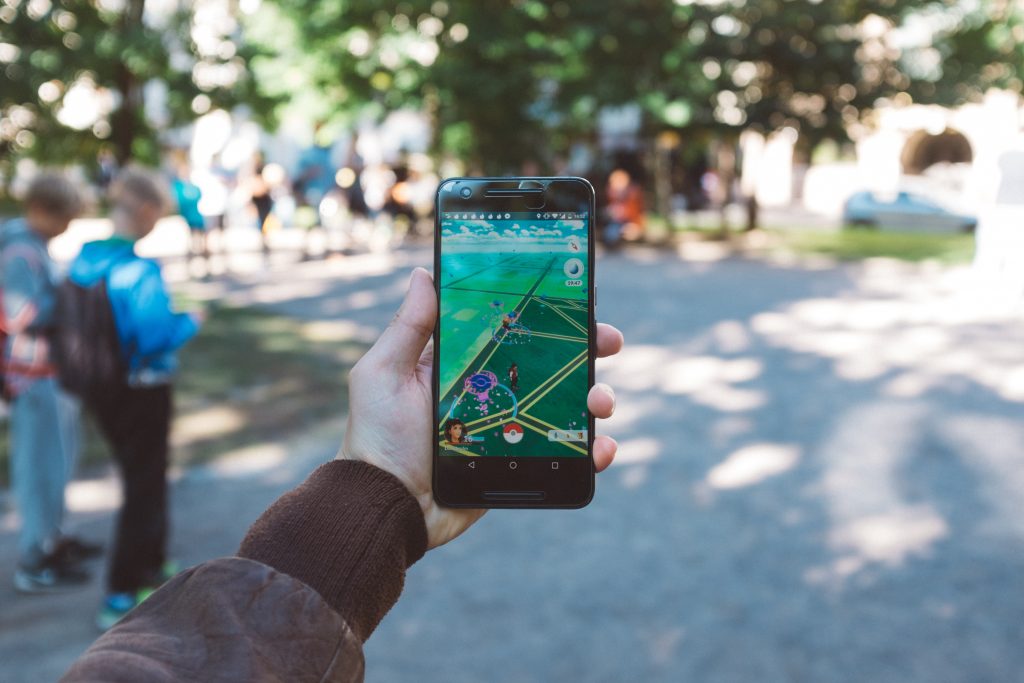
GUEST POST from Janet Sernack
I was first introduced to gamification upon meeting Mario Herger, in 2012, when he was a Senior Innovation Strategist at SAP Labs LLC, in Israel, as a participant in his two-day gamification workshop for Checkpoint Security Software. It was an exciting and exhilarating journey into the playful and innovative world of gamification pioneers such as Farmville, Angry Birds, and BetterWorks. Creatively exploiting the convergence of trends catalyzed by the expansion of the internet, and by the fast pace of exponential technology development making gamification accessible to everyone.
Propelled further by people’s increasing desire to socialize and share ideas and knowledge across the globe. Coupled with their desire to learn and connect in a high-tech world, to be met in ways that also satisfied their aspirational, motivational, and recreational needs, as well as being playful and fun.
The whole notion of making gamification accessible to corporate learning simmered in my mind, for the next ten years, and this is what I have since discovered.
Evolution of the gamification market
In 2012 Gartner predicted that – Gamification combined with other technologies and trends, gamification would cause major discontinuities in innovation, employee performance management, education, personal development, and customer engagement. Further claiming that by 2014, 80% of organizations will have gamified at least one area of their business.
It seems their prediction did not eventuate.
In their Gamification 2020 report, Gartner then predicted that gamification, combined with other emerging trends and technologies, will have a significant impact on:
- Innovation
- The design of employee performance
- The globalization of higher education
- The emergence of customer engagement platforms
- Gamification of personal development.
It seems this prediction is now an idea whose time has come!
According to Mordor Intelligence – The global gamification market was valued at USD 10.19 million in 2020 and is expected to reach USD 38.42 million by 2026 and grow at a CAGR of 25.10% over the forecast period (2021 – 2026). The exponential growth in the number of smartphones and mobile devices has directly created a vast base for the gamification market.
This growth is also supported by the increasing recognition of making gamification accessible as a methodology to redesign human behavior, in order to induce innovation, productivity, or engagement.
Purpose of gamification
The initial purpose of gamification was to add game mechanics into non-game environments, such as a website, online communities, learning management systems, or business intranets to increase engagement and participation.
The initial goal of gamification was to engage with consumers, employees, and partners to inspire collaboration, sharing, and interaction.
Gamification and corporate learning
The last two years of the coronavirus pandemic caused many industries to deal with their audiences remotely and combined with an urgent need for having the right technologies and tools to:
- Reach out to, and connect with, both their employees and customers, in new ways
Acknowledging the range of constraints and restrictions occurring globally we have an opportunity to couple these with the challenges, disconnectedness, isolation, and limitations of our remote and hybrid workplaces.
While many of us are seeking more freedom, fun, play, and adventure, yet, we are still mostly bound to our laptops, TVs, and kitchens, and locked up within the boundaries of our homes, local neighborhoods, and hometowns.
- Expanding knowledge, mindsets, behaviors, and skills
At the same time, this period has also created incredible opportunities for expanding our knowledge, and developing new mindsets, behaviors, and skills!
In different ways to help teams and organizations adapt, innovate, and grow through gamification, which increases our adaptability to flow and flourish and drive transformation, within a constantly, exponentially changing, and disruptive workplace.
Benefits of a gamified approach
Companies that have focused on making gamification accessible within their learning programs are reaping the rewards, as recent studies revealed:
- The use of mobile applications gamified individually or as a complement to an LMS or e-learning platform has been shown to improve employee productivity by 50% and commitment by 60%.
- That 97% of employees over the age of 45 believe that gamification would help improve work.
- That 85% of employees are willing to spend more time on training programs with gamified dynamics.
Gamification is finally at an inflection point
The shift from face-to-face and live events to online created an opening for improving the quality of coaching, learning, and training experiences in ways that align with the client’s or organization needs and strategic business goals.
Keeping people and teams connected, engaged, and motivated in the virtual and hybrid workplace for extended periods of time is a key factor in business success.
Atrivity is a platform that empowers employees and channels to learn, develop, and perform better through games have identified eight trends influencing the growth and adoption of gamification including:
- Gamification for Digital Events are here to stay, people are time and resource-poor, and will more likely attend a digital event rather than invest time and resources in travelling.
- Gamification for Millennials and gen-Z is their new normal, being a generation who have grown up with, and become habitually attuned to Facebook and Instagram.
- The start of Virtual Reality and Augmented Reality is speeding up and offers new creative approaches.
- Remote onboarding becomes standard as we all adapt to a globalized and diversified work environment.
- Gamification helps to reduce hospital strains with emerging telehealth innovations.
- Customization of, and access to contents allows us to visit museums, galleries, libraries virtually
- Knowledge evaluation metrics have become common proactive through the use of app-based dashboards and scorecards that provide gamified reward and recognition processes
- Gamification is an Enterprise “must-have” tactic to attract and retain talent.
Corporate learning is also finally at an inflection point
Innovative new organizations like Roundtable Learning focus on co-creating one-of-a-kind training programs that utilize innovative technologies, reflect the client’s brand, and show measurable business results by enhancing traditional corporate learning practices and embracing more interactive, engaging programs.
This is what ImagineNation™ is collaborating with Binnakle Serious Games to bring newness, creativity and play, experimentation, and learning in gamified ways to enable people and teams to innovate, by making gamification accessible to everyone!
We have integrated technology and co-created a range of blended learning solutions:
- Digital and gamified learning experiences for groups and teams.
- Playful and experiential learning activities that deliver deep learning outcomes.
- Co-creation of customized or bespoke blended learning programs that deliver what they promise.
Making corporate learning accessible, affordable, and scalable
Our aim is to make corporate learning agile, by making gamification accessible, and scalable to everybody, across all time zones, modalities, geographies, and technologies.
Where people have time and space to unlearn, relearn, reskill and upskill by engaging in and interacting with both technology and people:
- Understand and learn new innovative processes, concepts, principles, and techniques and feel that their new skills are valued.
- Retreat, reflect and explore, discover and navigate new ways of being, thinking, and acting individually and collectively.
- Question, challenge the status quo and experiment with new ideas, explore effective collaborative analytical, imaginative, aligned problem-solving and decision-making strategies.
- Safely fail without punishment, make and learn from mistakes, to iterate and pivot creative ideas and innovative solutions that really matter.
To meet our client’s short- and long-term learning needs in terms of innovation focus or topic depth and breadth. Through enhancing teaming, teamwork, and collaboration, by offering products and tools that make gamification accessible to suit all peoples learning styles, time constraints, diverse technologies, and cost needs.
Who was I to know that it would take another ten years for making gamification accessible enough to reach a tipping point!
An opportunity to learn more
Find out about our learning products and tools, including The Coach for Innovators Certified Program, a collaborative, intimate, and deep personalized innovation coaching and learning program, supported by a global group of peers over 9-weeks, starting Tuesday, May 4, 2022.
It is a blended and transformational change and learning program that will give you a deep understanding of the language, principles, and applications of an ecosystem focus, human-centric approach, and emergent structure (Theory U) to innovation, and upskill people and teams and develop their future fitness, within your unique context.
Image Credit: Unsplash
![]() Sign up here to get Human-Centered Change & Innovation Weekly delivered to your inbox every week.
Sign up here to get Human-Centered Change & Innovation Weekly delivered to your inbox every week.
